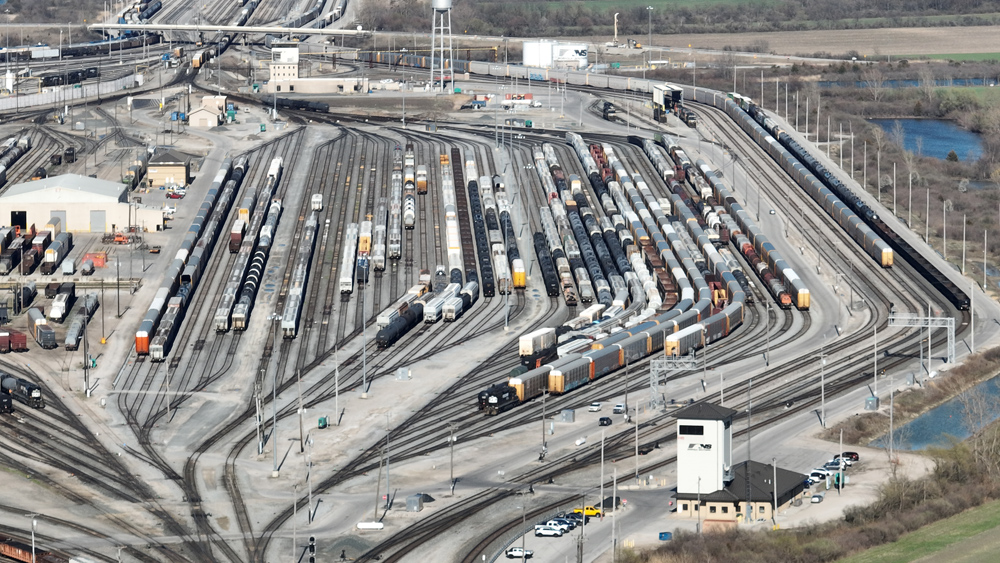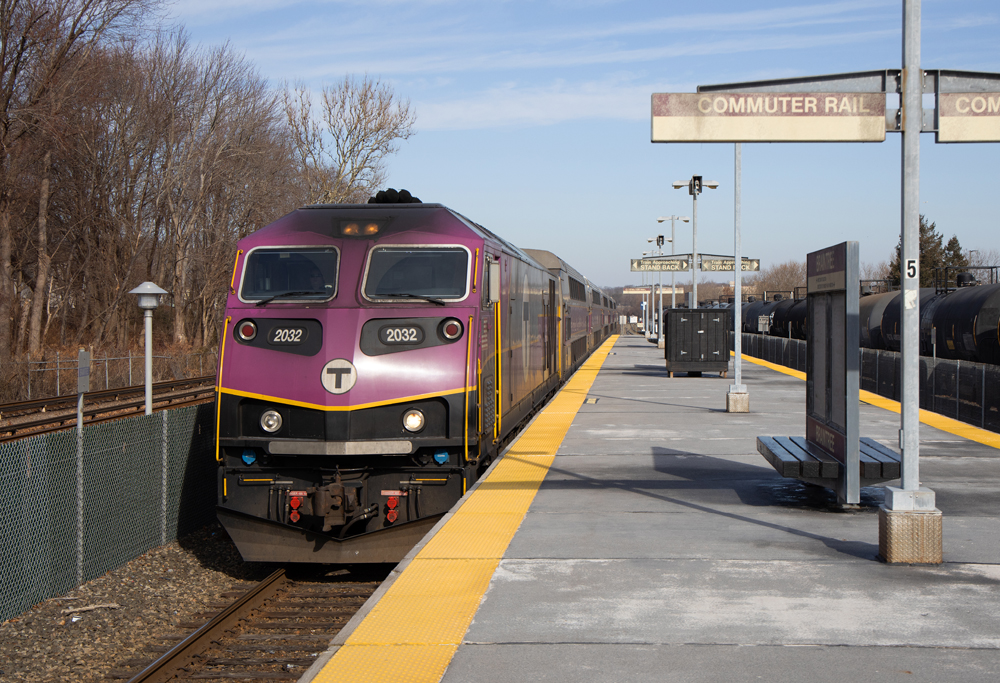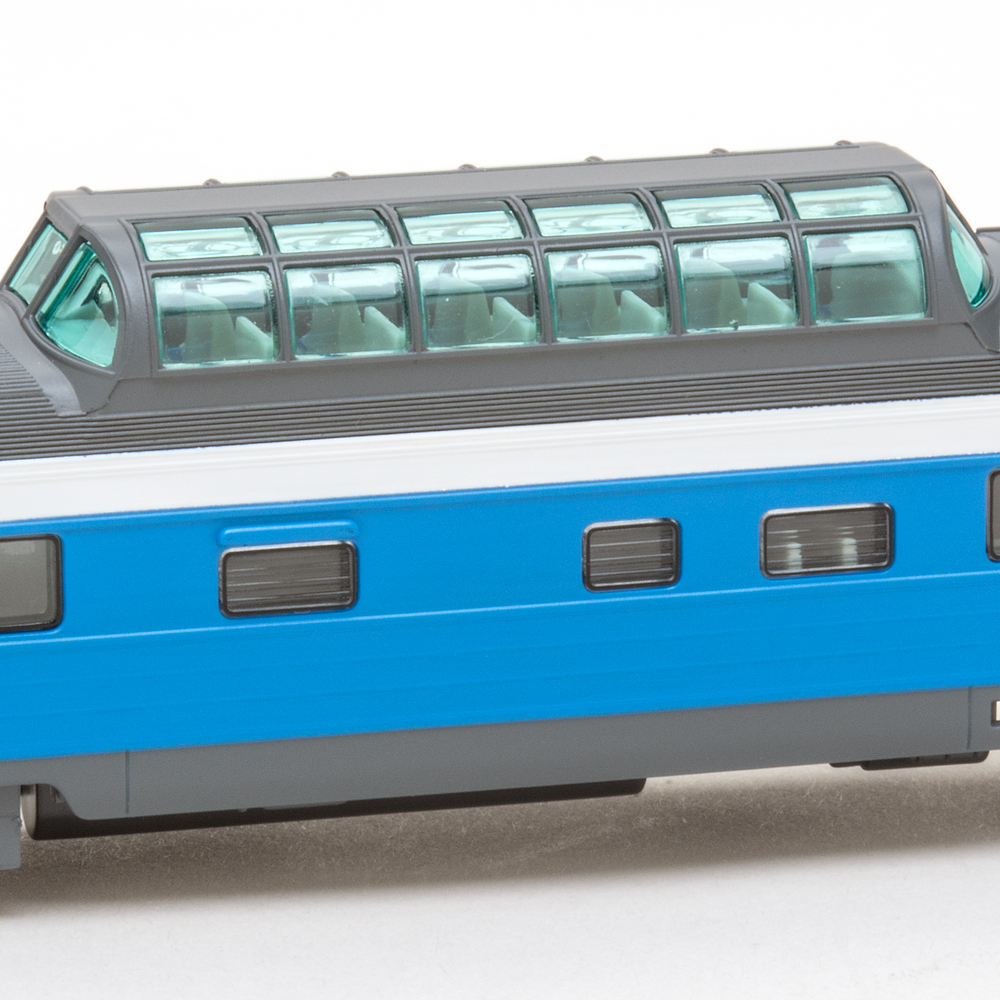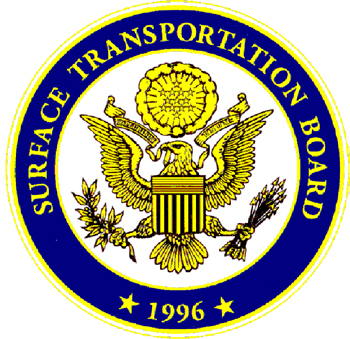
WASHINGTON — More regulatory oversight is needed to keep rail volumes from shifting to trucks and limiting the railroads’ growth potential, rail customers have told the Surface Transportation Board.
Their testimony, along with that of railroads, unions, industry consultants and others, has been filed with STB ahead of a two-day hearing at the agency next week over concerns about the railroads’ ability to continue to grow their business.
“The deteriorating rail service members have experienced for decades makes it exceedingly difficult for shippers to do business with railroads as they are at risk of losing customers if they cannot provide them with reliable shipments,” said Richard Erstad, vice president and general counsel for chemical manufacturer Hawkins Inc., in comments filed on behalf of the Alliance for Chemical Distribution. “This is even more impactful for small rail customers who can have their entire operation disrupted if just one car is severely delayed.”
Such factors, Erstad stated, contribute to “shippers being reluctant to utilize freight rail and more willing to use trucking because of its far superior reliability despite its worse safety record.”
The Private Railcar Food and Beverage Association (PRFBA), whose members include major rail shippers such as Frito-Lay, a division of PepsiCo, Kraft Heinz, and Molson Coors, contends that the Class I railroads’ use of Precision Scheduled Railroading eliminated lanes, which in turn reduced rail carriers’ available capacity (and volume along with it), while reducing service to the association’s members.
“This reduction in capacity and service by the railroads forced many shippers to increase the volume they shipped over the road,” asserted attorney Daniel Elliott with GKG Law, representing PRFBA.
“Over the period of the last five or six years, truck volume has increased while rail volume has continued to decline. Still, today many shippers have limited options in working with the railroads. [The railroads] claim their services have improved, and they have marginally, but obviously because they eliminated volume, hence congestion, hence the need for employees and equipment, but still with higher rates to their remaining shippers.”
Profits over growth?
To highlight its concerns about the railroads’ ability to grow market share, the STB cited statistics compiled by the Federal Reserve of St. Louis showing a steady decline in carload traffic over the past 20 years, including a 28% drop in the past decade.
At the same time, since 2004, the rate of annual price increases for rail shipping nearly doubled to 3.8%, railcar technology company Hum Industrial Technology stated in comments filed with the STB.
“What is notable is that with each downturn in freight volumes, the freight that did come back shifted from rail to truck,” commented Hum CEO Byron Porter, a former grain shipper. “When shippers who had the luxury to pick modes were given the chance to reevaluate their supply chains, they specifically chose trucks.”
Porter maintains that the railroads are “structurally incapable of switching to a growth strategy” mostly because of Wall Street expectations. “Class I railroads are held accountable for their ability to deliver inflation-plus pricing while minimizing expenses. Growth is not expected, so it is not rewarded,” he wrote.
Railroads warn of overreach
The Association of American Railroads, which lobbies on behalf of the industry, pushed back hard on the rail-customer relationships and strategy assertions outlined by shippers and third parties.
“There isn’t a railroad out there that doesn’t want to move more freight tomorrow than it moved today, and to be sure, there will be a tremendous amount of freight available in the future for railroads to move,” the AAR stated in its comments.
The association emphasized that railroads plan to secure as much as possible of the 27% increase in total U.S. freight movements by 2040, as estimated by the Federal Highway Administration, through service enhancements and continued investments back into their networks.
Moreover, it’s government policy – not railroad economics – that will limit the rails’ ability to grow and reclaim market share from trucking, the AAR warned.
One example is the Barstow International Gateway, a $1.5 billion intermodal facility planned by BNSF to help speed ocean containers inland from West Coast ports for domestic distribution. BNSF estimates the project will eliminate thousands of truck miles from California’s highways and cut carbon emissions.
However, the project will not be feasible, according to BNSF, if the California Air Resource Board’s proposed in-use locomotive rule is enacted. The rule would require all locomotives manufactured after 2035 that travel though the state of California be zero-emission – effectively banning the operation in California of locomotives that are more than 23 years old.
“Put simply, if this regulation is allowed to take effect, it would likely be fatal to our Barstow project,” the railroad stated in comments to the STB.
The AAR also cited an uneven modal playing field within the U.S. Department of Transportation, which is looking to develop and promote automation in the trucking industry while staving off such policies in the rail sector.
“Truck competition could intensify further if federal truck size and weight limits were relaxed, allowing motor carriers to increase capacity without significant additional costs,” the AAR stated. “This could make all-highway transportation relatively cheaper, potentially challenging railroads further.”
But shippers told the STB that more regulatory oversight will be needed to keep railroad market power in check, which they say will lead ultimately to more freight moving over the rails.
“We can do this through the elimination of exempt commodities and greater regulation of contract moves, and by addressing the true meaning of the railroads’ common carrier obligations,” PRFBA stated.
“If the railroads could work with shippers, by providing good service, user-friendly alternatives, and competitive pricing, this nation’s rail networks would immediately see increased volumes.”
— This article originally appeared at FreightWaves.com.














Service and Class One railroads are an oxymoron. Shippers generally like dealing with shortlines, but once their cars hit a Class One, they reach for their blood pressure medication.
PTC and the worship of Wall Street have destroyed the railroads. they will never grow and provide reliable service because of those 2 things. I’ve been railroading for 30 years, and I’ve never seen such poor service over the last few years as what it was when I started. of course the class ones will deny this.
Erstad’s comments will never happen for two reasons: (1) Most items used in the chemical Industry or shipped by the chemical industry are in bulk. Unless you build pipelines, how are you going to move large bulk movements. By fleets of trucks and trailers that don’t exist? Trucks are great for the short to medium distance haul for bulk items. They are not great for long hauls of bulk items. Why do you think so much oil not in pipelines, power plant coal and grains and minerals like phosphates and plastic resins, go by rail? Its not rocket science. (2) The inherent nature of many dangerous or flammable chemicals preclude their transport by truck in super large bulk quantities because most of the major routes go through most large cities. You hear people complain about trains moving these type of cargos at 40 mph through cities, wait until people start complaining about a 50 fold increase in truck traffic of the same items moving at 65-70 mph on crowded freeways through populated areas with no more notice than a DOT required placard on the sides and ends of the trailer…. There is a solution but Congress is too chicken to mandate train lengths so nothing will ever happen to improve things, at least not for the present time but until people start voting their will for change, not just what’s popular…
“More regulatory oversight is needed to keep rail volumes from shifting to trucks and limiting the railroads’ growth potential…” So, regulatory oversight equals freight railroad growth? Isn’t that antithetical to Staggers?
Freight moves by truck because it has a ROW to travel on, a ROW that went insolvent over a decade ago. It has been propped up by infusions from the general fund to a level that could have gold plated every inch on ConRail. Instead we play the “nothing to see here” game.
The irony is that in the two decades following WW2 the railroads wanted a cut of the public pie for parity with their subsidized competition. Now they sit back, cull what traffic they don’t want and turn a deaf ear to any and all who complain.
The regulatory angle can only go so far when federal and state governments regularly hand out huge grants to class 1’s without any real promise of long-term economic growth. As for B-I-G, traffic will find a way around CARB’s policies, either through Vancouver or Mexico.
The way technology is advancing, driverless trucks will almost certainly become safer than the 3-mile-long slop freights PSR wants.
Driverless trucks will never happen unless governments invest in building separate truck only lanes.
Still cannot access Trains forum. The real problem is the US government. Unfortunately, do not have time tonight to elaborate.
At one time, even Less Than Carload (LCL) freight was profitable.
I own a small trucking company. I can tell you the “service” they mention goes way beyond simply the shorter transit times. And I don’t really mean in a good way. Not only will a truck get it there quicker, but very often the shipper/receiver will have the truck wait hours for it’s time to load/unload, for free of course. Several large warehouses expect the trucking company to pay the “lumper fee” to unload the trucks. Several times we’ve had to be the go between with the receiver, the lumper service, and the broker, to get the lumpers paid for unloading the truck. Flatbed customers don’t request, don’t expect, they demand that the carrier tarp the load, and take full responsibility if it gets wet. The brokers and shippers make it a requirement that the driver is logged into a specific app that tracks his whereabouts at all times. The shipper loads the material, but the driver/carrier is expected to ensure it’s legal for transport.
And most important, trucking companies offer all of this at barely breakeven rates, so they have to keep the trucks moving to even hope to make a living.
Honestly, the best thing the railroads could do to compete with trucks is to get 95% of the knuckleheads that own and operate trucks to realize they are offering way to much “service”. If all of a sudden trucks would say “no”, or at least charge for some of this, the railroads would gain a huge amount of business.
The comments from the AAR are pure garbage and they know it. Once upon a time high service supply chains that required J-I-T deliveries were found primarily in the automotive industry. Now high service supply chains are the norm everywhere. As a result, Just-in-time has become Just-in-truck.
The hidden cost that the stupid railroaders do not understand is that even if the rail service is acceptable the built in longer transit times increase shippers inventory carrying costs. It’s called lose-lose for the railroads.
Ask the railroads themselves how they handle their own company material. Bet that most of that freight moves by truck as well. How often do you see a load of railroad wheels on axles moving down the highway instead of the on the rail.
As the new saying goes, “If you got it a truck brought it!”